...pictures continued from part 1 of cyp reginae plus lots more in adirondacks
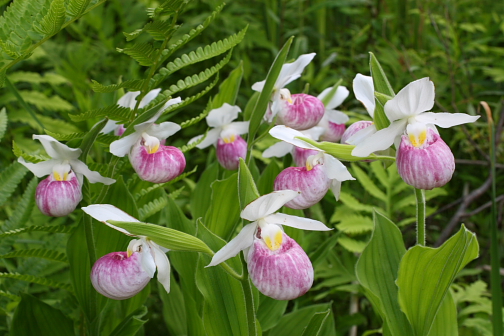 ..
..
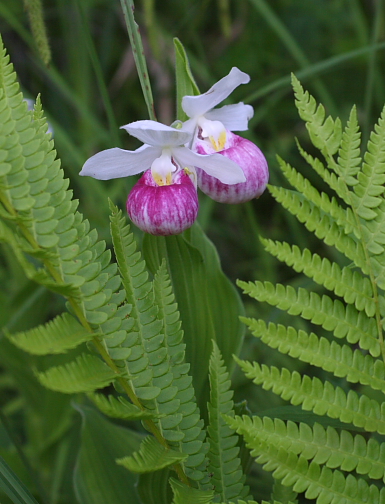
showy ladyslippers
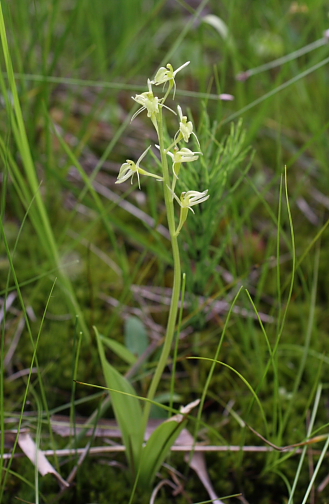 ..
..
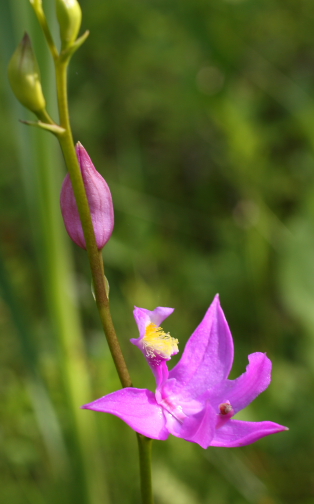
loesel's twayblade and grass pink (left to right)
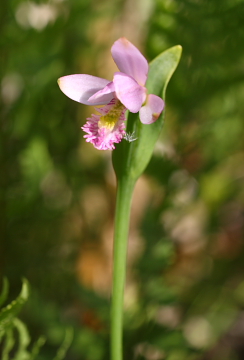 ..
..
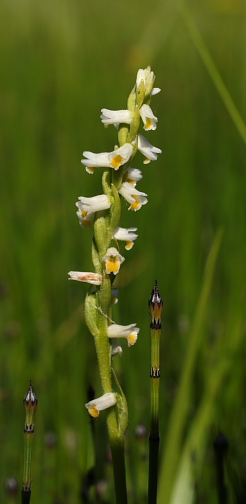
rose pogonia and shining ladies' tresses
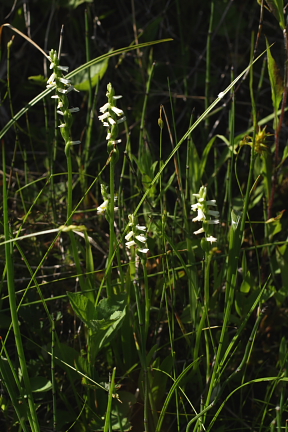 ..
..
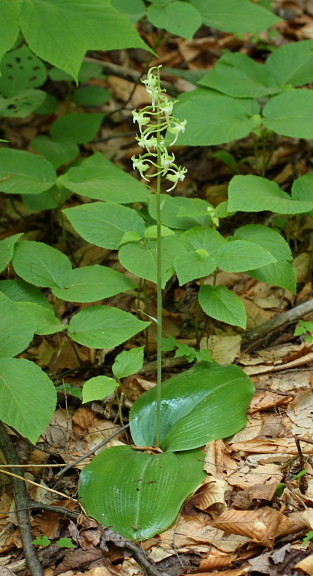
shining ladies' tresses and large padleaf orchis
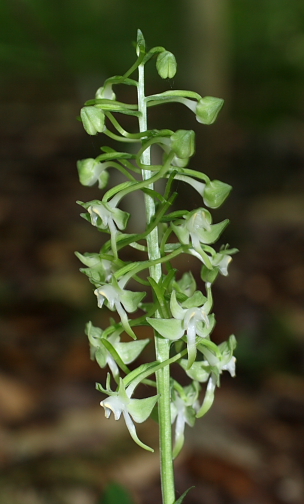 ..
..
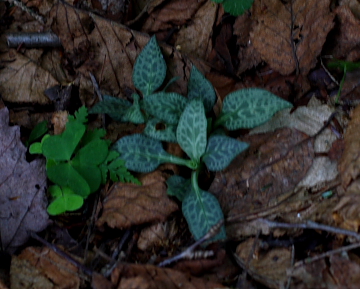
large padleaf orchis and very shaky pic of goodyera tesselata leaves


showy ladyslippers


loesel's twayblade and grass pink (left to right)


rose pogonia and shining ladies' tresses


shining ladies' tresses and large padleaf orchis


large padleaf orchis and very shaky pic of goodyera tesselata leaves



